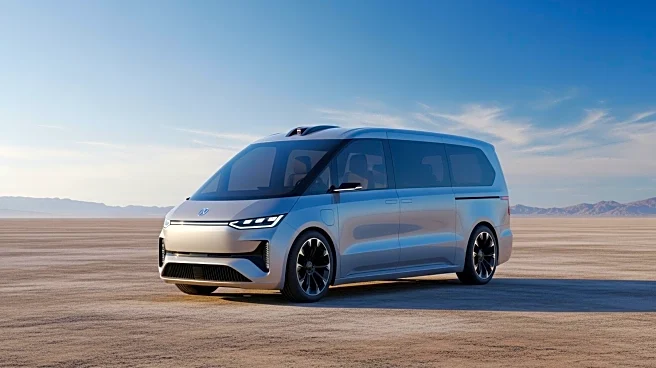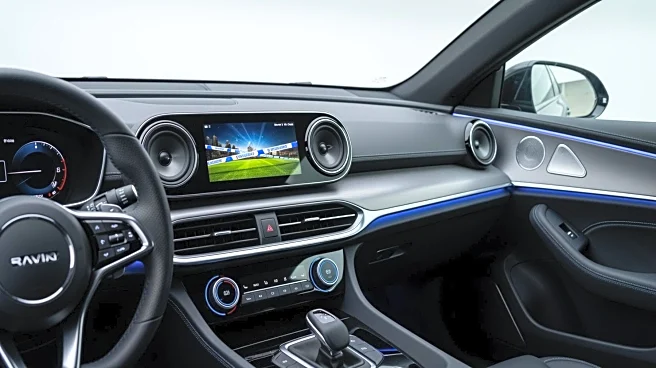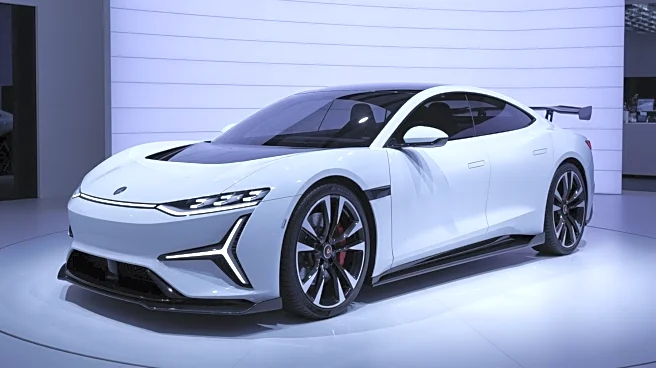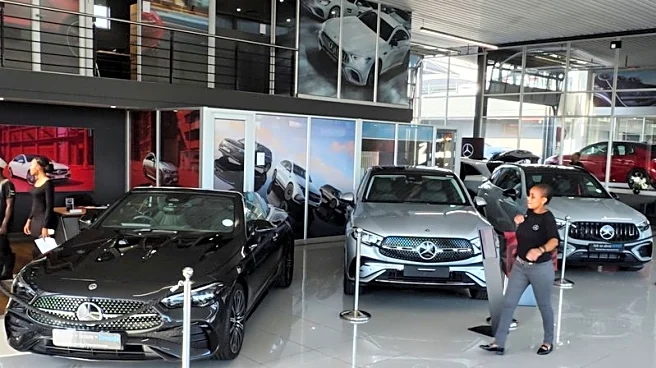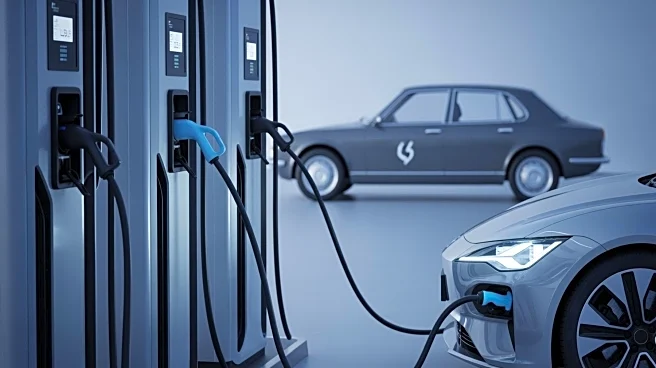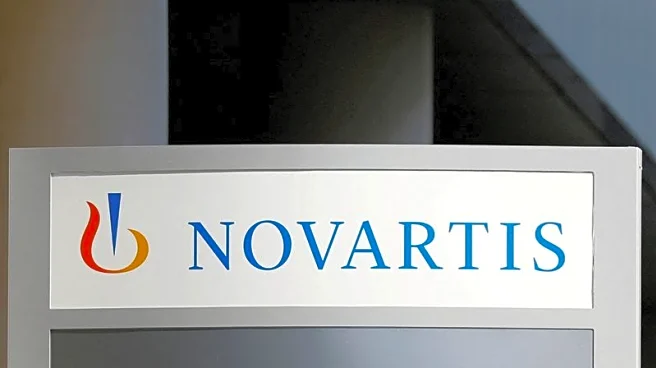What's Happening?
Kia America has achieved a Guinness World Record with its PV5 Cargo electric van, setting a new benchmark for the greatest distance traveled by a light-duty battery-powered electric van with maximum payload. The vehicle covered 693.38 km on a single charge
under real traffic conditions in Frankfurt, Germany. This record was set by the PV5 Cargo Long Range variant, equipped with a 71.2 kWh battery and a maximum payload of 665 kg. The route included urban and extra-urban loops, traffic lights, intersections, and elevation gains, replicating typical delivery and logistics operations. The drive took 22 hours and 30 minutes, showcasing the van's efficiency and reliability.
Why It's Important?
This achievement underscores Kia's commitment to innovation and sustainability in the electric vehicle sector. By setting this record, Kia demonstrates the potential of electric vans in commercial logistics, highlighting their capability to handle real-world conditions efficiently. This could influence fleet operators to consider electric vans as viable alternatives to traditional fuel-powered vehicles, potentially reducing carbon emissions and operational costs. The record also positions Kia as a leader in the electric vehicle market, enhancing its brand reputation and encouraging further advancements in electric mobility.
What's Next?
Following this record, Kia may focus on marketing the PV5 Cargo to commercial fleet operators, emphasizing its efficiency and sustainability benefits. The company might also explore further enhancements to its electric vehicle lineup, including new battery options and increased payload capacities. Additionally, other automakers could be inspired to pursue similar records, driving competition and innovation in the electric vehicle industry.
Beyond the Headlines
The record-setting event highlights the growing importance of electric vehicles in urban logistics and the potential for reducing environmental impact. It also reflects a shift in consumer and industry attitudes towards sustainable transportation solutions, which could lead to increased investment in electric vehicle infrastructure and technology.
